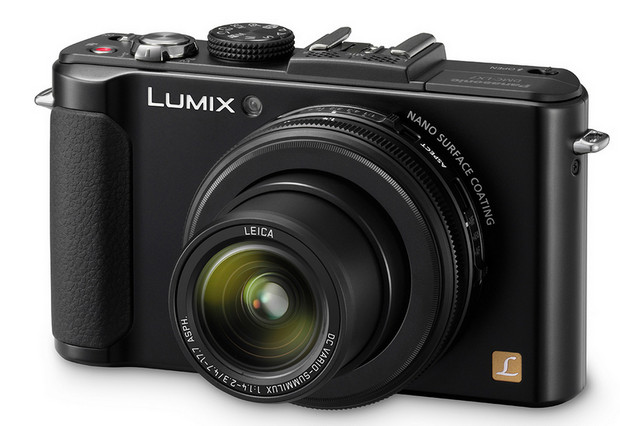
We’ve been huge fans of the Lumix LX compact camera series, and have literally fired off tens of thousands of pictures with our LX3 and LX5 numbers.
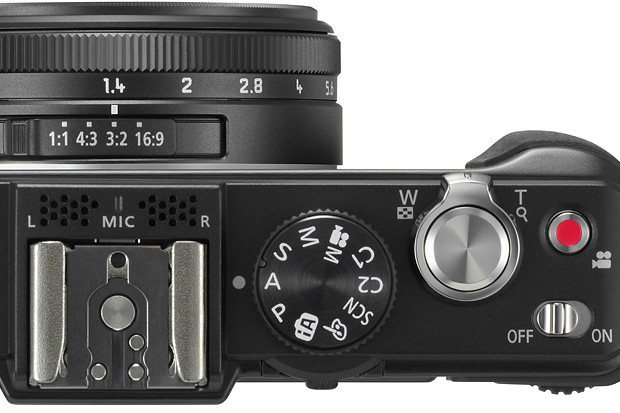
Panasonic recently released the latest update to the series, the Lumix LX7, but the compact camera landscape has changed considerably in the two years since the LX5 came blinking into the light.
The new Lumix DMC-LX7 comes with a slightly smaller sensor than the LX5, trading a slightly smaller sensor size for a super-fast F1.4-2.3 wide angle 3.8x optical zoom covering a useful 24-90mm equivalent range.
Other changes saw a new 10.1MP MOS sensor being introduced with max ISO sensitivity being boosted to 6400 from 3200 ISO.
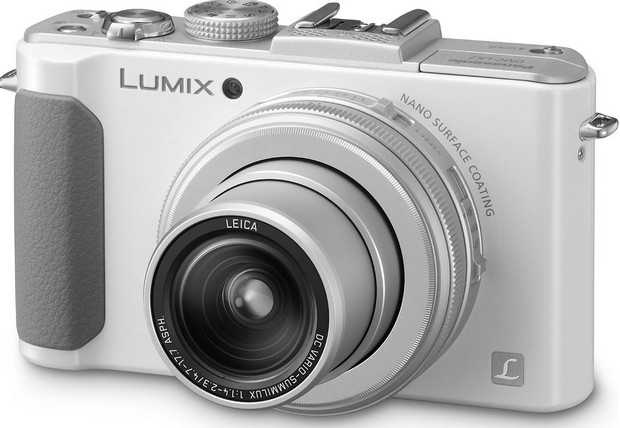
We’ve always been very impressed with the camera’s Intelligent Auto mode, and it garnered praise from the reviewer, as did the overall speedy performance.
It was not all good news though, with the reviewer marking down the LX7 for the lack of customisation options on the aperture ring and the slow lens zooming action.
The review concluded:
Photo quality on the Lumix DMC-LX7 is excellent. The camera takes well-exposed photos, without too much highlight clipping (though it will occur at times). Colors are nice and saturated, and accurate in most situations (the LX7 still struggles a bit in artificial light).
The LX7’s lens is definitely high quality, with good sharpness across the frame. If you want things a bit sharper than what the camera produces by default, you can use the Intelligent Resolution feature I mentioned earlier.
The LX7 has very little noise and thankfully no detail smudging at low ISOs. It keeps noise levels low through ISO 400 in low light and ISO 1600 in good light, both of which are better than what you’ll find on a typical compact camera. One issue that the DMC-LX7 unfortunately has is redeye, despite its two features designed to prevent it.
Overall, the Panasonic Lumix DMC-LX7 is an excellent premium compact camera. Its fast lens, performance, and manual controls will make enthusiasts drool, while those just starting out can get great results using Panasonic’s Intelligent Auto mode.
There’s very little to dislike about the LX7, with my main issues being redeye, slow buffer flush times when shooting RAW images, and vertical lines in panoramas. Aside from that, the LX7 is a first-rate camera that I can highly recommend.
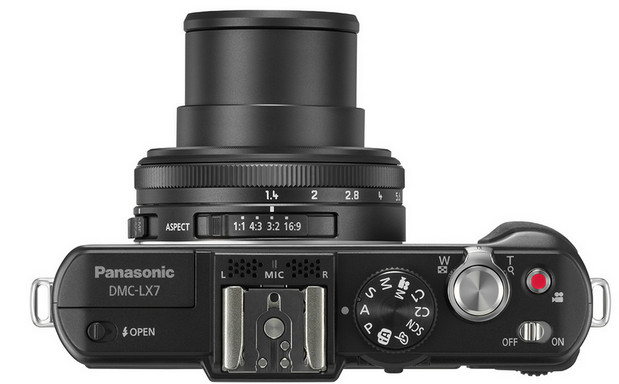
DigitalCameraInfo posted another comprehensive review, with a rather confusing conclusion which saw the camera notch up a high 9.7/10 score which wasn’t reflected in the actual images, as the site explains:
This was a very tough review—a case where the lab scores don’t tell the full story. Judging by our test results you’d think this camera rivals the Sony RX100, or the Canon S100. And in technical terms the LX7 does look great.
We were particularly impressed by the accurate color score, as well as the Leica lens’ excellent sharpness. Dynamic range was even slightly better than the RX100, one area in which that camera could use improvement. We just don’t feel like the LX7 should’ve outscored the RX100 overall, or even the S100.
But the sad truth is, images captured with the LX7 just aren’t very attractive. They’re flat, appear soft (despite the high sharpness score), and while F1.4 is impressive, the bokeh looks unappealing. While shooting with the RX100, we could almost forget we were using a compact. Not so with the LX7: image quality kept reminding us of the camera’s limitations.
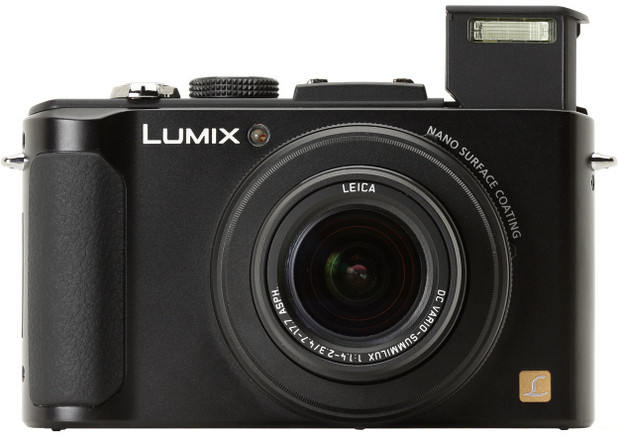
Gadget site Gizmodo’s review was rather more encouraging, describing the camera as a ‘Lovely Point-and-Shoot For Control Freaks.’
The reviewer was knocked out by the speed of the camera in action, “it locks onto a focal point, lightning quick, and fires off shots instantaneously,” but couldn’t feel the love for its diminutive 1/1.7 inch sensor.
Here’s the review wrap-up:
The LX7 shoots beautiful daylight photos, and fairly decent ones in low-light. It has really nice depth-of-field for a camera this size. The manual controls are extremely handy for getting your shot just right—but there’s no shame in using this camera on auto. It performs wonderfully, and it’s a lot of fun to use.
The feeling is like having a little taste of a DSLR, which makes it a nice backup cam for pros and a good intro shooter for folks who are excited to learn the basics of photography. Hopefully, next year’s version will have a bigger sensor, and then we’ll really see what that incredible lens can do.

The Photography Blog also posted a lengthy review which saw the LX7 grabbing a healthy 4.5/5 stars overall.
Noting that the LX7 is model that “further blurs the line between compact and larger-sensor cameras,” the reviewer put the LX7 just behind the Sony RX100, commenting:
Were it not for the arrival of the Sony RX100, the LX7 would have been our defacto choice as a pocketable and user-friendly compact for keen photographers that delivers excellent image quality considering the small size of its sensor, but Sony’s offering produces even better images from an even smaller camera, admittedly at an even higher price.
Ultimately we prefer the Panasonic Lumix DMC-LX7’s interface and handling, but clearly give the nod to the RX100’s extensive feature-set and amazing image quality.
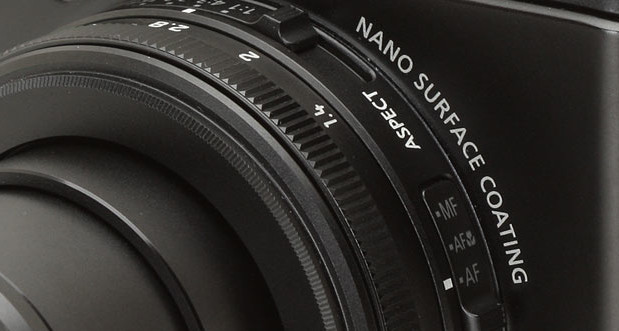
Our verdict
We have to say we’re rather tempted by the LX7 but don’t think there’s quite enough improvement in there to make us feel it’s a justifiable upgrade from our long-serving Lumix LX5.
We particularly love the new aperture ring, although that does come at the expense of the camera growing slightly bigger overall, something that may be problematic when you’re looking for a pocket camera.
Overall, we’d definitely recommend the LX7, although we feel that until that sensor improves, it has for now lost its King of the Premium Compact market crown.
Right now, we’d hand that to the Sony Cybershot DSC-RX100, even if its handling isn’t as good as the Lumix and it’s priced around £90 more.
Buy the Panasonic Lumix LX7 Camera on Amazon (£388 at time of writing).
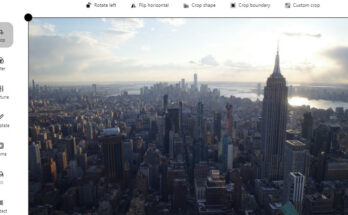
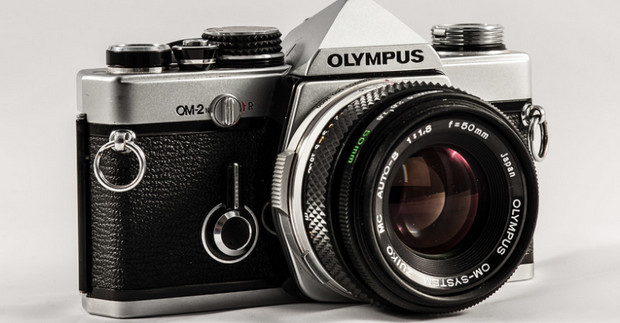
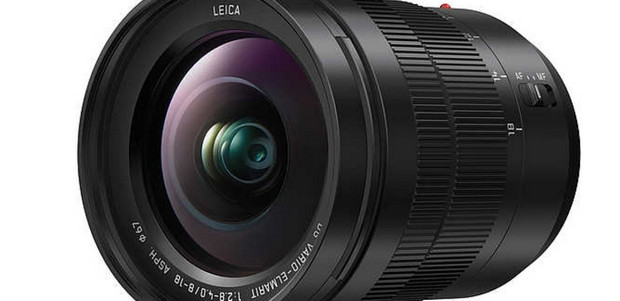
The biggest flaw that I see with LX7 is its small sensor size. Compared to Sony RX100 it’s really small:
http://www.digicamdb.com/compare/panasonic_lumix-dmc-lx7-vs-sony_cybershot-dsc-rx100/
I’m in a market for a top-notch compact, but my eyes are set on RX100.
The LX7 is just a much better camera per se: Better AF, better IS, better lens, better handling. I know as I have handled both and sold rx100. Even DOF is shallower at middle and long range of the summilux compared to the Sonnar of the rx100. LX7 is fantastic value!!